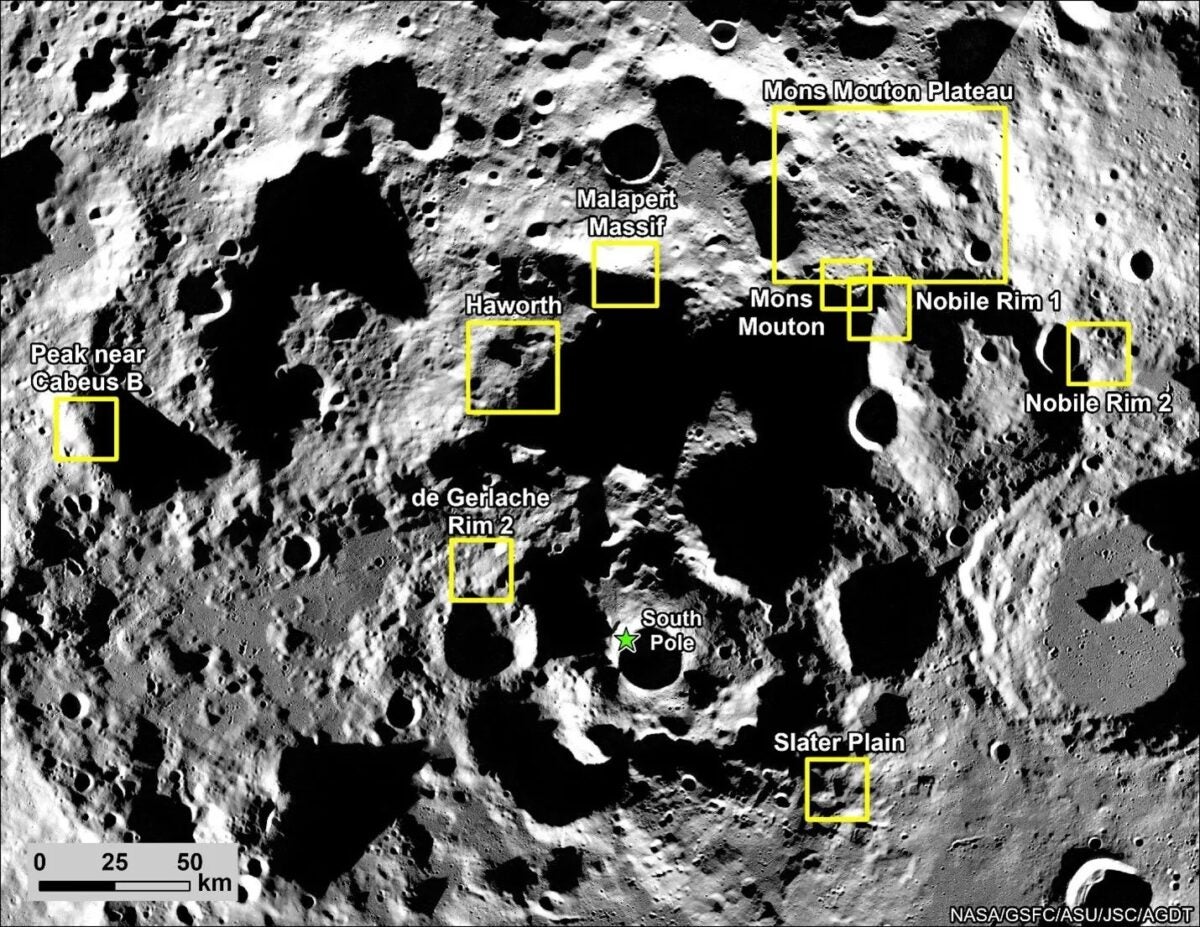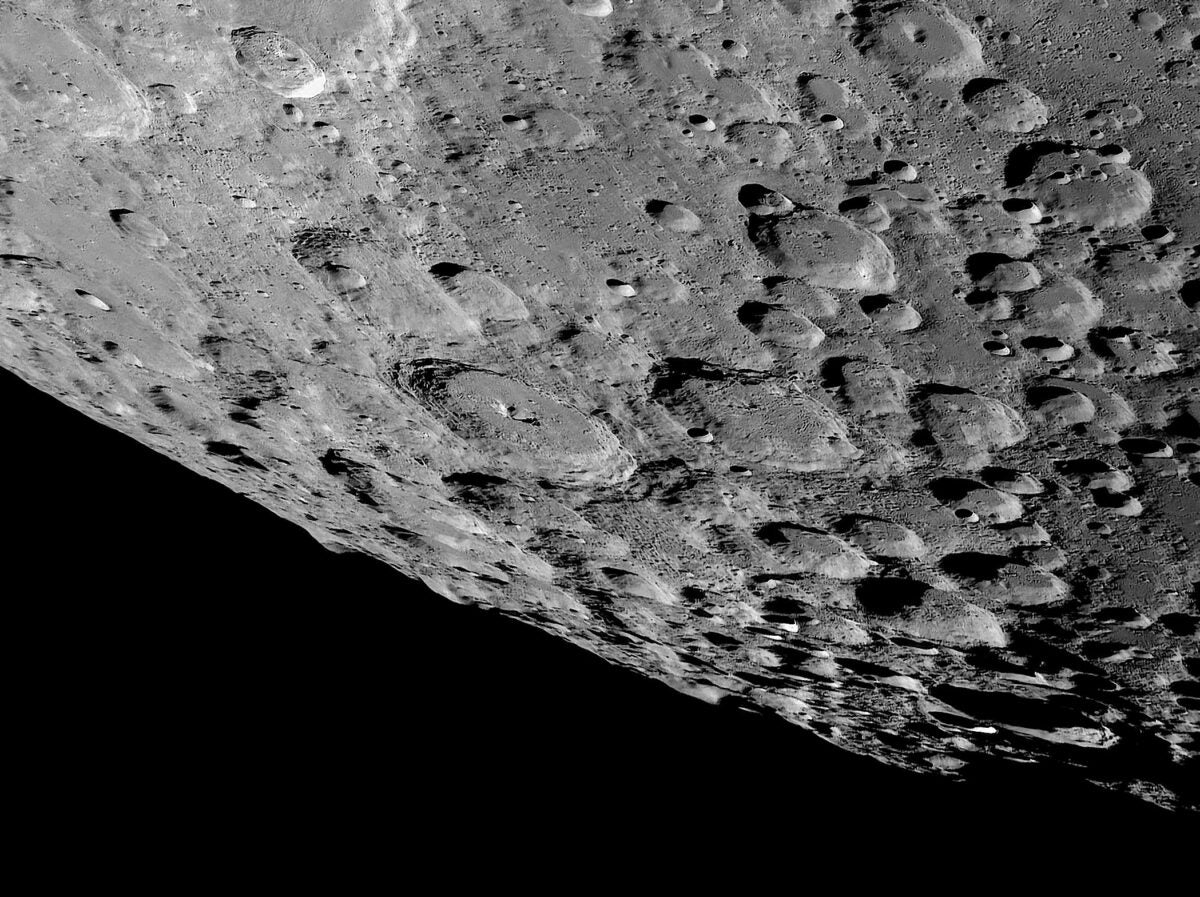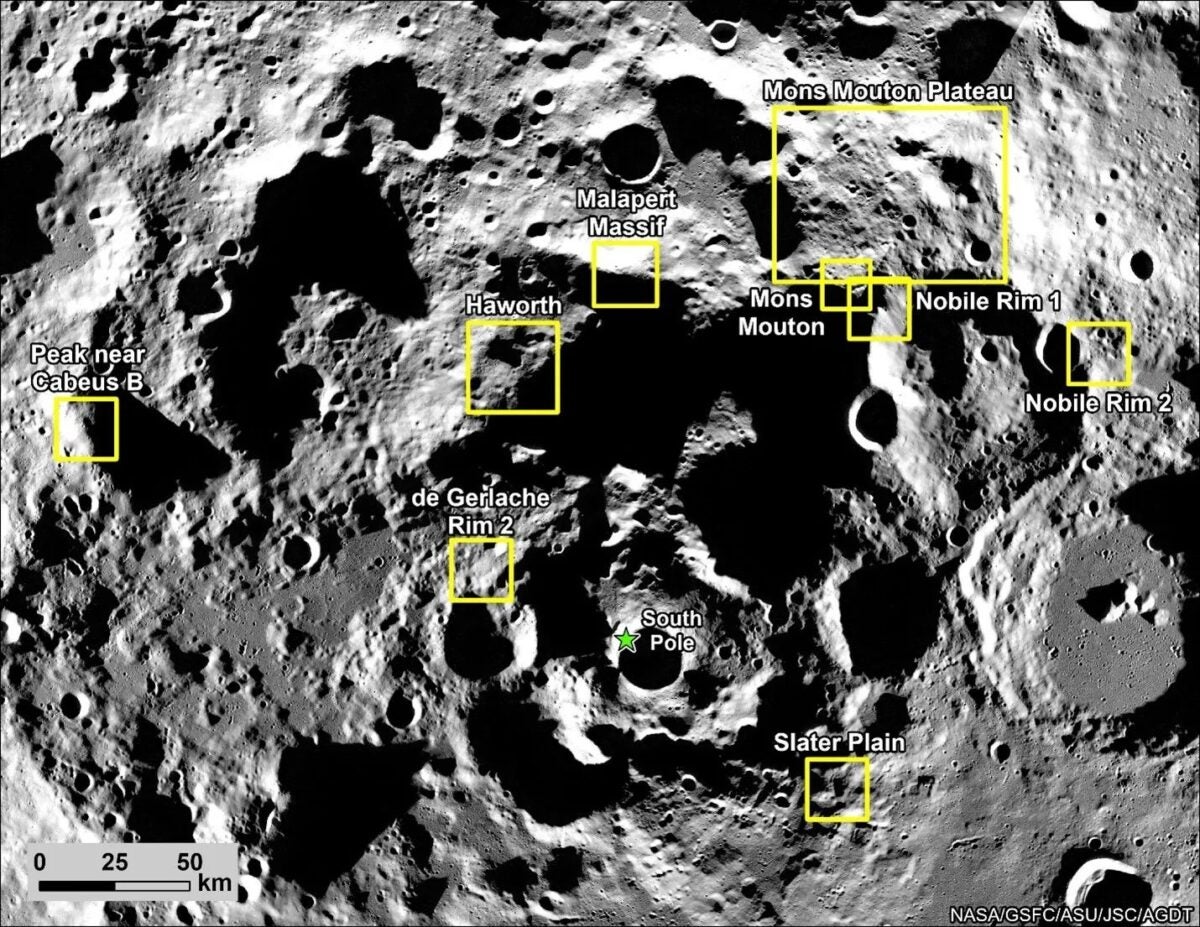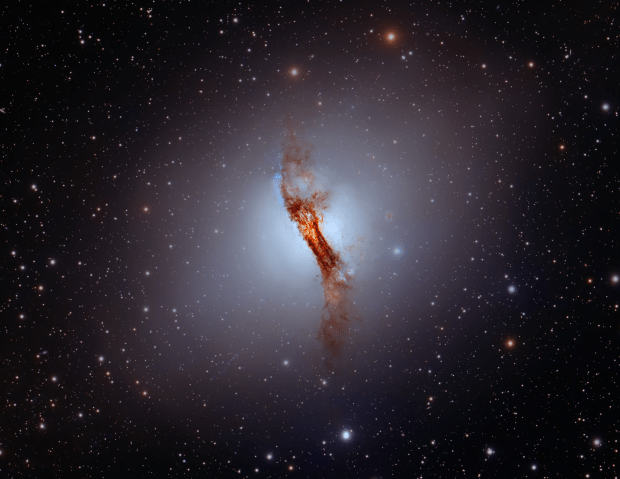
The nine potential landing sites under consideration for the upcoming Artemis 3 crewed lunar landing are shown on this composite of Lunar Reconnaissance Orbiter images. Credit: NASA/GSFC
It has been 52 years since Apollo 17 lifted off from the Taurus-Littrow Valley on the Moon. All the Apollo landing sites, starting with Tranquility Base on the Moon’s Sea of Tranquility, have been immortalized in print and film and are well known to space aficionados worldwide. But soon, another name will join the exclusive list of crewed landing sites on the Moon. On Oct. 28, 2024, NASA announced nine locations near the Moon’s south pole that are being evaluated as potential landing sites for Artemis 3 crewed lunar landing mission, now likely to fly in 2028. The list marks a refinement of a previous roster of 13 locations announced in 2022.
All nine Artemis landing sites lie in a heavily cratered and mountainous region surrounding the lunar south pole, 210 miles by 110 miles (340 by 180 kilometers) across. (This is roughly equal to the area of Mare Cognitum located in the middle of the Moon’s western visible side.) What differentiates the polar region’s topography from the previous Apollo landing sites is that many of the target areas are on terrain that is some of the Moon’s highest in elevation. The six Apollo landing sites were clustered close to the equatorial region and spanned elevations ranging from Apollo 16 at the mean lunar elevation — or “sea level” on the Moon — to Apollo 17’s site at 9,000 feet (2,700 meters) below mean lunar elevation. The Artemis sites, on the other hand, reach as high as 16,400 feet (5,000 m) in elevation. While not as dramatic as saying Apollo landed in Death Valley while Artemis will land on Mt. Everest, there is a similarity.
“The Moon’s south pole is a completely different environment than where we landed during the Apollo missions,” Sarah Noble, NASA’s head of Artemis lunar science, said in a statement. “It offers access to some of the Moon’s oldest terrain, as well as cold, shadowed regions that may contain water and other compounds. Any of these landing regions will enable us to do amazing science and make new discoveries.”
Data and imagery from NASA’s Lunar Reconnaissance Orbiter and the past half century of lunar science research assisted the landing site selection. However, the terrain alone did not drive the landing site selections. The current design capabilities of NASA’s SLS (Space Launch System) rocket, the Orion spacecraft, and Starship HLS (Human Landing System) were factored in to ensure safe, accessible landing sites.
The ultimate landing site for Artemis 3 will be chosen based on factors including science potential, launch window availability, the suitability of the terrain, and whether the site will be able to be in constant communication with Earth. Another key safety issue will be the lighting conditions on the surface while the Artemis astronauts traverse and set up experiments on the terrain. As the Sun will never rise more than a few degrees above the horizon near the south pole, it will cast long shadows. They will be deeper and darker than shadows on Earth as the Moon has no atmosphere to scatter light into shadowed areas. A dark pit before an astronaut could be a benign dip only a few inches deep, or it could be a treacherous deep hole capable of injuring an astronaut or critically damaging space suit systems.

The nine locations, not listed in any priority, are:
Peak near Cabeus B: This territory rises six kilometers over a 30-kilometer span, changing elevation from 9,500 feet (2,900 m) below to 12,600 feet (3,850 m) above mean lunar level. This site is 125 miles (200 km) from the south pole and is the most distant from the true pole.
Haworth: This site features a peak rising from –9,500 feet (–2,900 meters) to 5,400 feet (1,650 m) and provides a location with perpetual sunlight.
Malapert Massif: A broad region that rises 16,400 feet (5,000 m) and provides perpetual sunlight, but also descends 26,250 feet (8,000 m) toward the pole into permanently shadowed regions.
Mons Mouton Plateau: The widest and overall flattest of the Artemis sites, varying between 16,400 feet and 19,700 feet (5,000 m and 6,000 m) in elevation across a 37 mile (60 km) span. The plateau is high enough to receive perpetual sunlight and broad enough to allow expanded explorations with Artemis 4 and 5, including a long-range rover scheduled for the latter mission.
Mons Mouton: A peak that rises 19,700 feet (6,000 m), then descends 16,400 feet (5,000 m) toward the south pole.
Nobile Rim 1: This site lies on Nobile Crater’s southwestern rim, which rises 9,800 feet (3,000 m).
Nobile Rim 2: This site on the northeastern rim of Nobile Crater lies at –4,600 feet (–1,400 m), the second lowest elevation of the Artemis sites.
de Gerlache Rim 2: This site is the closest to the pole, located only 31 miles (50 km) from the lunar south pole and rises 9,800 feet (3,000 m) above the surrounding territory.
Slater Plain: The lowest elevation of the Artemis sites with rolling hills descending from east to west from 5,900 feet to –1,000 feet (–1,800 m to –300 m).
The Moon’s new frontier
In choosing a landing site, Artemis planners will prioritize safety, but also seek opportunities for new and unique science. Each of the nine regions were evaluated by the Artemis 3 geology team for their scientific potential to provide new insights into understanding the inner planets, lunar resources, and the history of our solar system.
“Artemis 3 will be the first time that astronauts will land in the south polar region of the Moon,” Jacob Bleacher, NASA’s chief exploration scientist. “They will be flying on a new lander into a terrain that is unique from our past Apollo experience. Finding the right locations for this historic moment begins with identifying safe places for this first landing, and then trying to match that with opportunities for science from this new place on the Moon.”
Artemis lunar landers will need to perform pinpoint navigation to these candidate Artemis landing sites. Some of them, like the rims of de Gerlache and Nobile craters, are narrow and sided with slopes not suited for a stable landing. The technology of pinpoint lunar landing was demonstrated by the later Apollo missions.
Still to be determined, however, is the seismic stability of polar regions. Recent studies have suggested the south polar region may be prone to moonquakes that could threaten the stability of the tall monument-like Starship HLS. Upcoming robotic missions to the Moon under NASA’s Commercial Lunar Payload Services program will investigate the stability of the region and either validate the Artemis candidate sites or force a reevaluation. If the region proves stable, one of the nine chosen regions will in a few short years host the next human footprints on the Moon, including the first woman on the Moon and the first non-American moonwalker.



